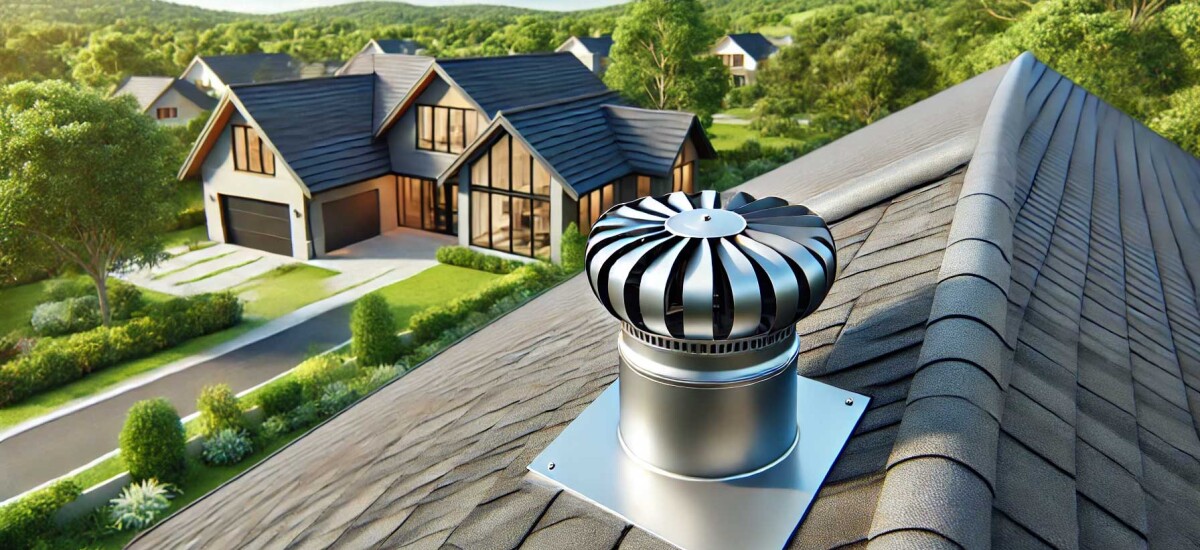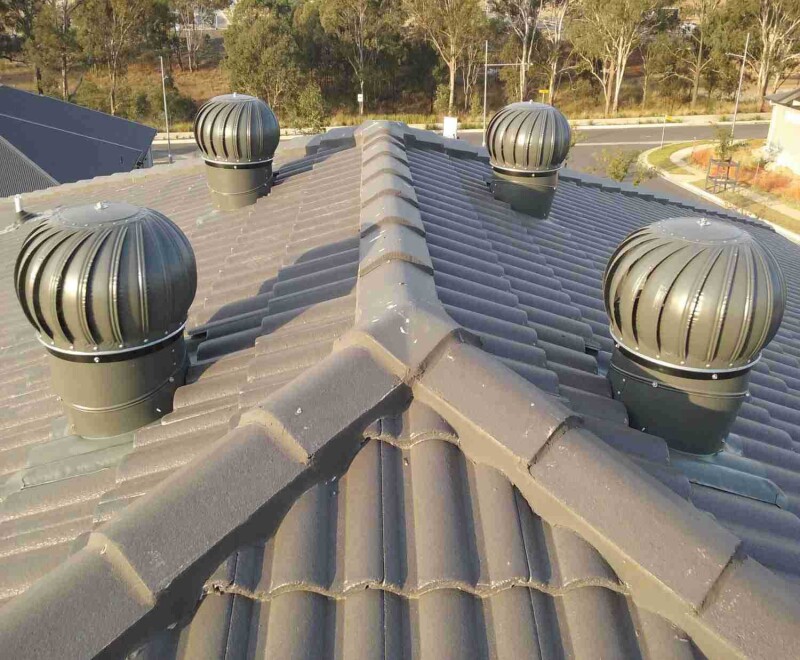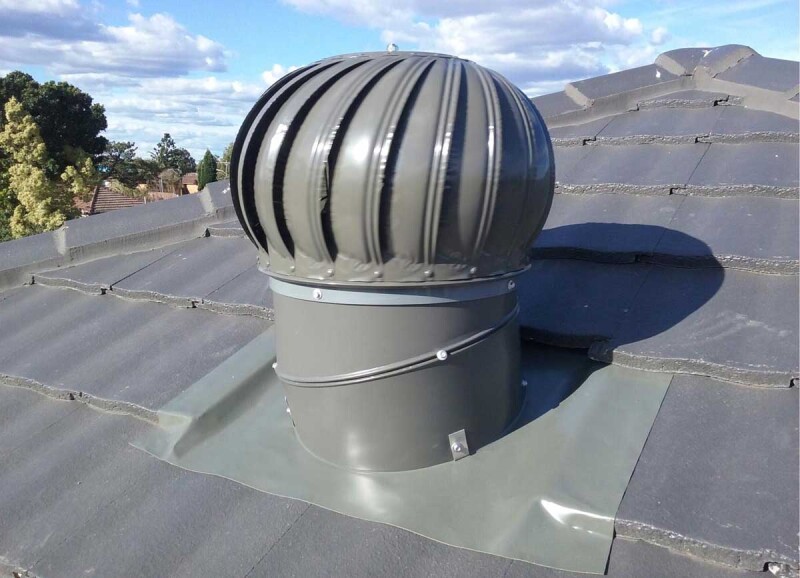If you’ve thought about getting a whirlybird for your home, you’ve probably also heard lots of different information about them, too, some good, some bad. From rumours that they’re noisy and ineffective to the belief that they’re outdated technology that ruins the aesthetics of your home, whirlybirds have been the subject of a surprising amount of misinformation! But how much of what you’ve heard is true?
Proper roof ventilation is vital if you want to maintain a healthy, energy-efficient home, and whirlybird vents have long been a popular choice for homeowners who are looking for a simple yet affordable ventilation solution. But there are many myths floating around about their performance, durability, and usefulness, which can lead some people to underestimate their value or even dismiss them altogether! That’s why we’re here to separate fact from fiction and give you the truth behind these clever spinning vents.
In this article, we’ll tackle the most common myths about whirlybird vents so you can have a clear understanding of whirlybirds and make an informed decision as to whether they are the right option for you! Let’s get straight into it.



